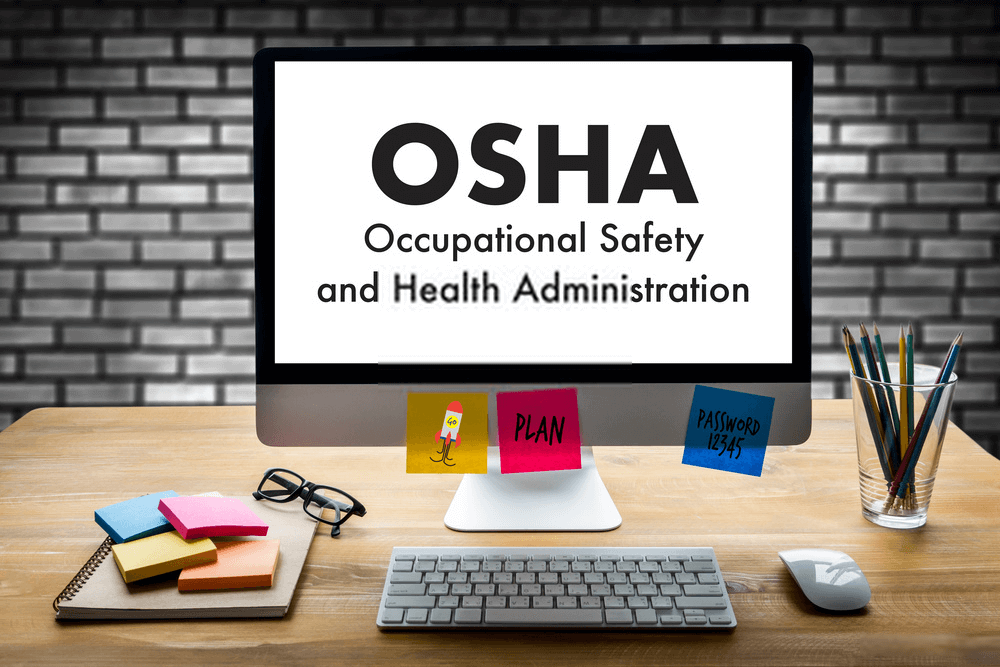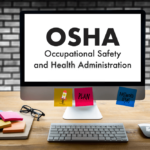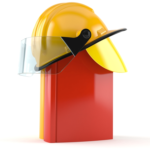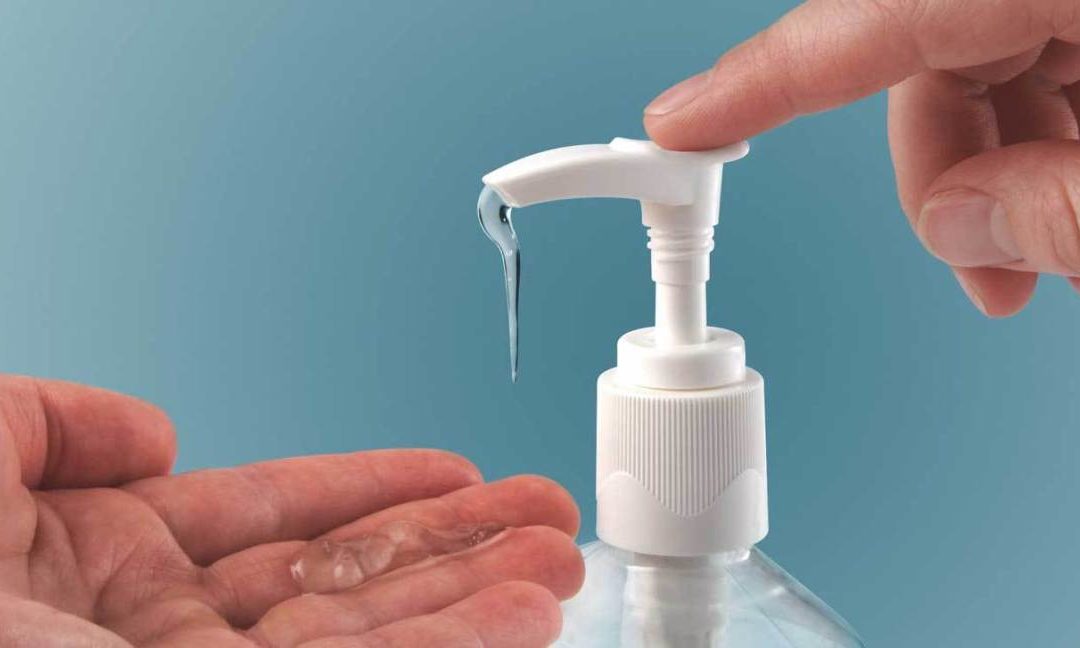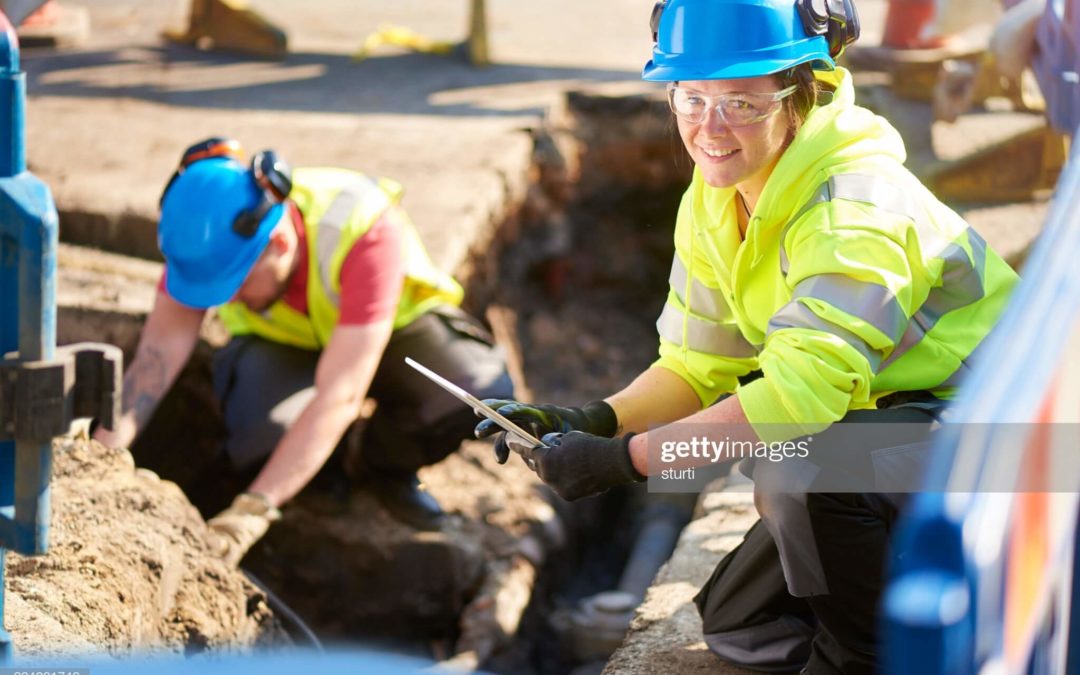What if there was a way to accurately predict events or accidents prior to them occurring? What can organizations do to be proactive and not reactive to workplace incidents?
Most companies are relying heavily on data to solve problems. Most organizations use leading indicators such as employee behaviors or behavior-based safety, inspections, etc to improve their workplace safety so that “putting out fires” does not become the norm.
While taking out the time to perform inspections is commendable, what does the inspection data show or tell the EHS professional? Most organizations are forecasting (the act of collecting, organizing and extracting data sets that end up becoming useful predictive models).
A client group that has equipment that malfunctions thereby exposing machine operators to unguarded machines may not understand why they should care about not tempering with machine guards because an incident resulting in injuries or illnesses has not occurred.
Would such unsafe behavior change if the EHS professional could provide the client with predictive behavior based on a collection of equipment across the site that shares issues? Maybe the client could better appreciate the stop of unsafe behaviors and have a more positive perception of the risks unguarded machinery brings.
A few years back at a company I once worked for, we were looking for solutions to ergonomic injuries for the company’s warehouse due to high worker’s compensation and loss time injuries. We were initially stocking the warehouse with PPE and thought that was the solution to the issues we were dealing with. While providing PPE was great and all, we were not doing a great job with predicting the actions that were leading to these injuries in the first place.
It wasn’t until much later that my team identified the problem areas with poor lifting techniques and unavailability of lifting equipment for heavier items. My team took actions based on this discovery. We realized that in addition to this information, spending time with the workers to understand how intermittent breaks and rest could help them was very helpful too.
According to Nathan Sykes, a top 20 ENR contractor achieved major safety improvements across 90 percent of its worksites with no lost-time from events using predictive analytics. Workplaces should spend more time observing worker’s behavior, performing inspections and being intentional about the use of the data. There’s always a story behind every data you capture.
At a previous company I worked for, we adopted a behavioral safety program that helped us reduce incident rates by more than 25% in less than 9 months. Imagine if we knew of predictive analytics then, imagine how much impact applying analytics for injury prevention could have yielded.
I believe we could have been able to engage the employees sooner, learn about the nature of the tasks, collect the necessary information needed to prevent repetitive tasks that caused accidents or focus on the problematic areas that caused employees to be frustrated with coming forward to management to highlight these same issues that were ignored for a long time.
If we had a chance to do over, I believe the environment where the work is performed should continually be monitored for risks and potential hazards and the information collected could then be measured for variables that collectively point to the risks that should be reduced or eliminated altogether.
How have you applied predictive analytical tools to your current safety issues? Have you found the concept of predictive analytics helpful? Please leave your comment below.
References: https://www.thedigitaltransformationpeople.com/channels/analytics/predictive-analytics-and-workplace-safety/



